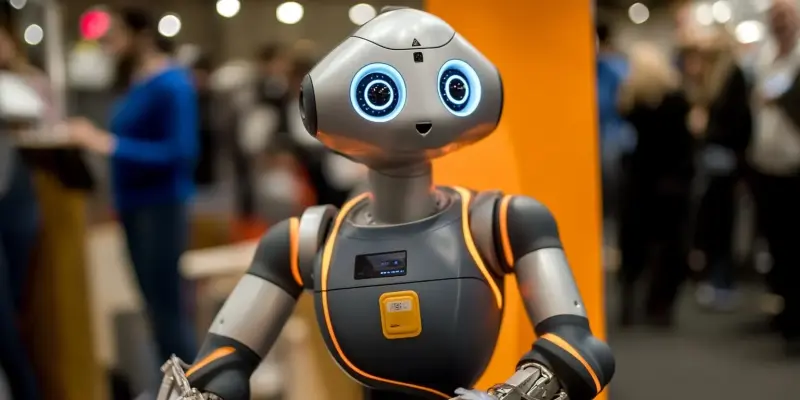As the landscape of industrial automation continues to evolve, the need for robust safety guidelines becomes paramount. Recent updates to ISO 10218, the global standard for industrial robot safety, mark the first significant revision since 2011. Developed by the Association for Advancing Automation (A3) over an intensive period of nearly eight years, these updates are designed to enhance safety, improve clarity, and align with the latest advancements in automation. A3 President Jeff Burnstein has emphasized the organization’s commitment to refining safety standards to better meet the demands of contemporary technology and workplaces.
The updated ISO 10218 standard is now divided into two comprehensive parts to better address the varied aspects of robot safety. Part 1 focuses on safety requirements for robot manufacturers, while Part 2 targets the safety requirements for robot integrators and their applications. One of the significant updates includes the incorporation of clearer functional safety requirements. These requirements delineate the specific safety protocols and measures that manufacturers need to follow to ensure that their robots operate safely within designated parameters.
Additionally, the updated standard has absorbed aspects of the previously distinct ISO/TS 15066, which provides guidelines for collaborative robots. Collaborative robots, or cobots, are designed to work alongside human workers, often sharing the same workspace. The integration of ISO/TS 15066 ensures that safety measures for cobots are not only well-defined but also seamlessly integrated into the broader safety framework of ISO 10218. This helps eliminate any ambiguity in safety practices and offers manufacturers a more cohesive set of guidelines for developing and deploying cobots.
Another critical update includes new safety guidance for manual loading and unloading procedures. These guidelines are essential as manual interactions with robots pose significant safety risks. By providing detailed instructions and requirements, the updated standard aims to minimize these risks, ensuring that human workers can interact safely with robotic systems during manual loading and unloading operations.
With the increasing connectivity of industrial robots, the issue of cybersecurity has become a growing concern. The updated ISO 10218 standard addresses this issue by introducing specific cybersecurity measures. These measures are designed to protect both the robots and the data they handle from potential cyber threats. By incorporating cybersecurity into the safety standard, A3 aims to provide a holistic approach to robot safety that includes both physical and digital security.
Industry experts, including figures like Roberta Nelson Shea of Universal Robots and Carole Franklin of A3 Robotics, have emphasized the necessity of these updates due to the rapid pace of automation advancements. According to these experts, the revisions provide clearer guidelines and classifications that will assist manufacturers and system integrators in implementing safer robotic systems. This is crucial as the industry continues to develop more sophisticated and capable robotic technologies that require updated safety measures.
In North America, the updated ISO 10218 is set to align with existing standards such as ANSI R15.06 in the United States and CSA Z434 in Canada. Revised versions of these regional standards are expected to be released later this year. By aligning ISO 10218 with these regional standards, A3 ensures that manufacturers and integrators can work within a consistent and widely accepted safety framework, simplifying the process of compliance and implementation.
As industrial automation continues to advance, the importance of solid safety guidelines becomes ever more crucial. ISO 10218, the international standard for industrial robot safety, has recently seen its first major revision since 2011. These updates, which were developed by the Association for Advancing Automation (A3) over nearly eight years, aim to bolster safety measures, provide clearer guidance, and keep up with the latest innovations in automation technology.
Jeff Burnstein, President of A3, highlighted the organization’s dedication to improving safety standards to address the evolving demands of modern technology and workplace environments. The updated standard embodies a thorough consideration of new risks and potential hazards introduced by cutting-edge automation solutions. These revisions not only reflect the incremental progress in industrial safety protocols but also anticipate future trends that will shape the industry. With these enhanced guidelines, A3 strives to create a safer, more efficient environment for industries employing advanced robotic technologies.

